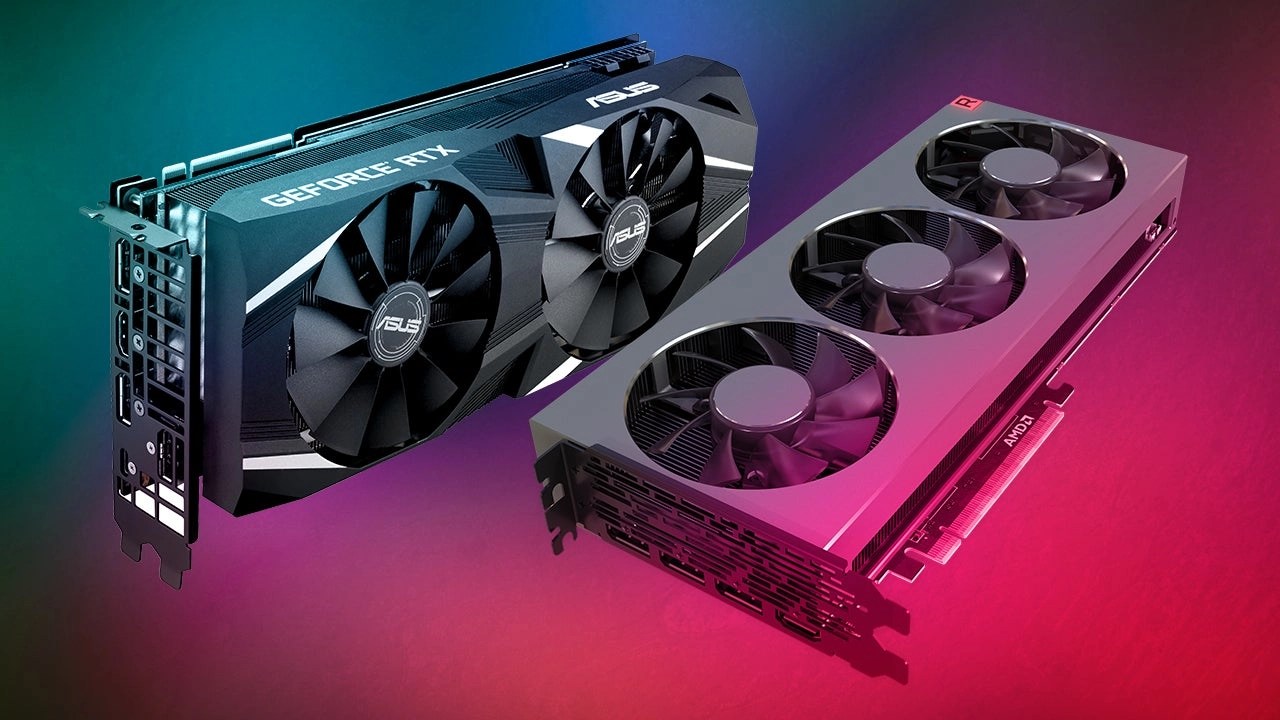How to Check what Graphics Card is on Your PC
In this walkthrough, we will show you how to check what Graphics Card is on your PC. Click the link to read full guide...
Author:Daniel BarrettAug 16, 202228.5K Shares634.5K Views

All computers have graphics hardwarethat handles everything from drawing your desktop and decoding videos to rendering demanding PCgames. Most modern PCs have graphics processing units (GPUs) made by Intel, NVIDIA, or AMD. This walkthrough will show you how to check what Graphics Card is on your PC.
While your computer’s CPU and RAM are also crucial, when you turn on your computer, the images that appear on-screen—whether a simple Word document or a complex 4K gamingexperience—are generated by a graphics processing unit (or GPU).
These chips can range from simple “integrated graphics,” part of the motherboard or processor, to larger, more powerful expansion cards.
Check Graphics Card on PC
These expansion cards—often called “discrete” or “dedicated” graphics cards—can usually perform more powerful tasks than integrated graphics, like better 3D gaming, accelerated video rendering, or even specific non-graphical jobs like mining bitcoin.
This extra utility comes at the expense of higher power usage, more heat, and more space in your computer, so you’ll rarely find dedicated graphics cards in ultra-thin laptops.
Like any other computer component, graphics cards can become outdated. The card you bought in 2010 is unlikely to play 2020’s AAA games at high settings, so if you’re ever unsure whether a game will run on your PC, you’ll want to compare its minimum or recommended requirements to the hardware you currently have.
Illustration Of Two Graphics Cards
Knowing what graphics card you have can be a bit confusing since there are two relevant model numbers: the model of the GPU (that is, the actual chip that does the work) and the model of the card itself (which includes other hardware like the cooler, voltage regulation module, and so on).
There are two leading manufacturers making discrete GPUs today: Nvidia and AMD. There are many other manufacturers, however, making the cards themselves.
Asus, EVGA, MSI, Gigabyte, and other companies can produce graphics cards using Nvidia and AMD chips, adding their tweaks to set themselves apart.
Check Graphics Card on PC
One manufacturer’s version may have better fans than another, may come overclocked from the factory, or have a better warranty.
So when you’re looking up what graphics card you have, you’ll need to decide whether knowing the chipset is enough (for example, the “Nvidia GeForce GTX 1060”) or whether you need the actual manufacturer and model of your card (such as the “EVGA GeForce GTX 1060 Superclocked,” which uses Nvidia’s chipset).
The former is very easy to find in Windows, while the latter is more complicated.
Find Out What GPU You Have In Windows
Open the Start menu on your PC, type “Device Manager,” and press Enter. You should see an option near the top for Display Adapters.
Click the drop-down arrow, and it should list the name of your GPU right there. For example, in the screenshot below, you can see that I have a Radeon RX 580.
GPU Name In Device Manager
If you aren’t sure which company designed that chip, you can right-click on it and choose Properties to see the manufacturer—in my case, Advanced Micro Devices or AMD.
(Note that Device Manager uses your graphics drivers to determine what GPU you have, so if you suspect the wrong drivers may be installed, you should skip to the next section.)
Once you have the GPU name, you can Google around to learn more about it or compare it to the minimum requirements of the game you want to play.
Usually, a higher number denotes a better card—so a game that requires an RX 580 may not run on an RX 480, which is less powerful (though there are sometimes ways around that).
If you’re comparing two cards that use different naming schemes—like AMD’s RX 580 and their more powerful RX Vega 56—you may have to do a little research to see which card is more powerful and what the difference in price is.
Find The Manufacturer And Model Number
If, for some reason, you need to know exactly what model video card you have, you’ll have to do a bit more work. The manufacturer is easy enough to find with a third-party app called Speccy. Download the free version, start it up, and click the Graphics option in the sidebar.
Scroll down and look for the Subvendor entry, which should tell you who made the actual card in your PC—in my case, Asus made this particular RX 580. (You’ll also be able to see how much video RAM your card has, among other specs.)
GPU Model Number In Speccy Program
Unfortunately, this won’t tell you the exact model number, which you’ll need for, say, warranty claims. (Asus makes a few different RX 580 cards, and they’ll need the exact model number to provide support.) You’ll need to either search your email for the receipt (if you bought the card online) or open your PC up. In this case, find the graphics card, remove it, and look at the sticker on the side—it should have the model number you need.
You may want to write this information down somewhere, so you don’t need to crack your PC open next time—you never know when you might need it!
How To Buy A New Graphics Card
If you find that you need to upgrade your card, check out our list of the best options available. Or check out these graphics cards for specific computingactivities and devices. Of course, it’s always best to compare specs and prices before you buy.
Editor’s picks:

Daniel Barrett
Author
Daniel Barrett is a tech writer focusing on IoT, gadgets, software, and cryptocurrencies. With a keen interest in emerging technologies, Daniel offers expert analysis and commentary on industry trends. Follow him for authoritative insights into the latest tech innovations.
Latest Articles
Popular Articles